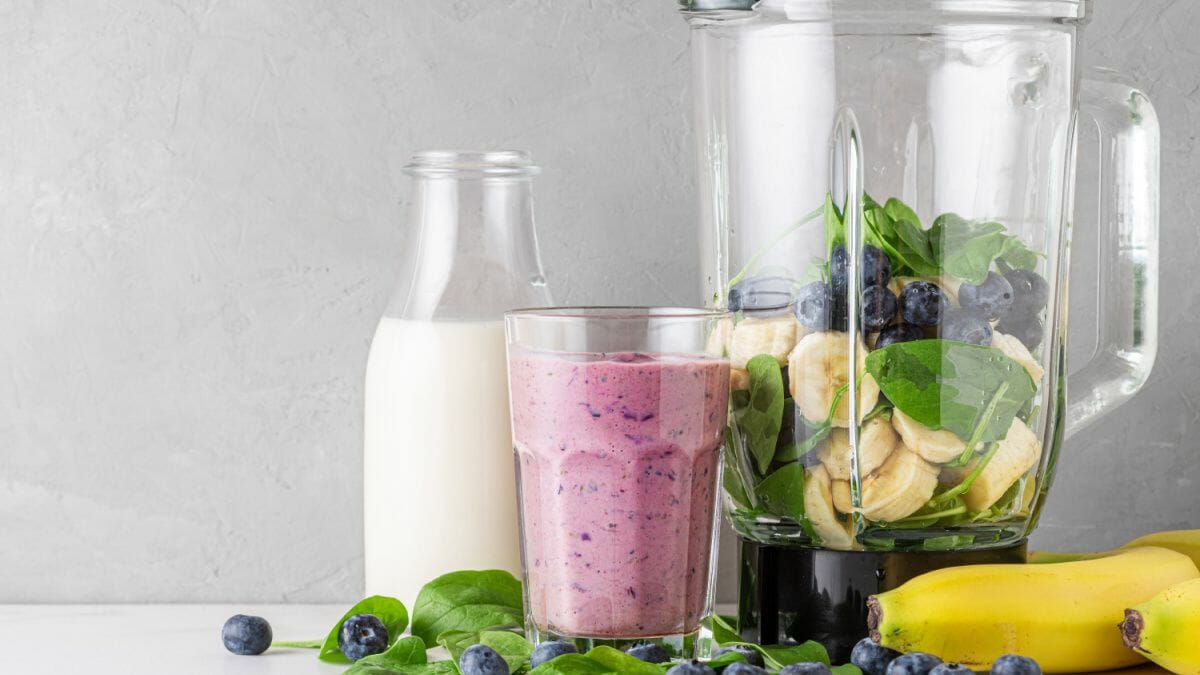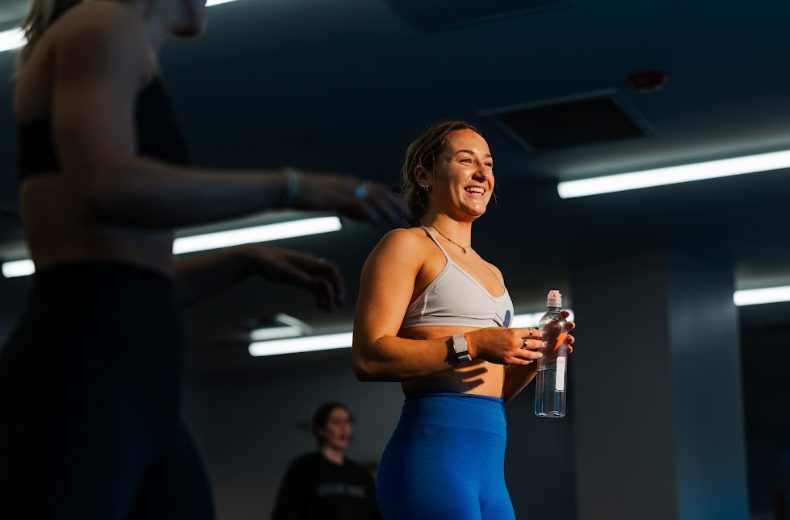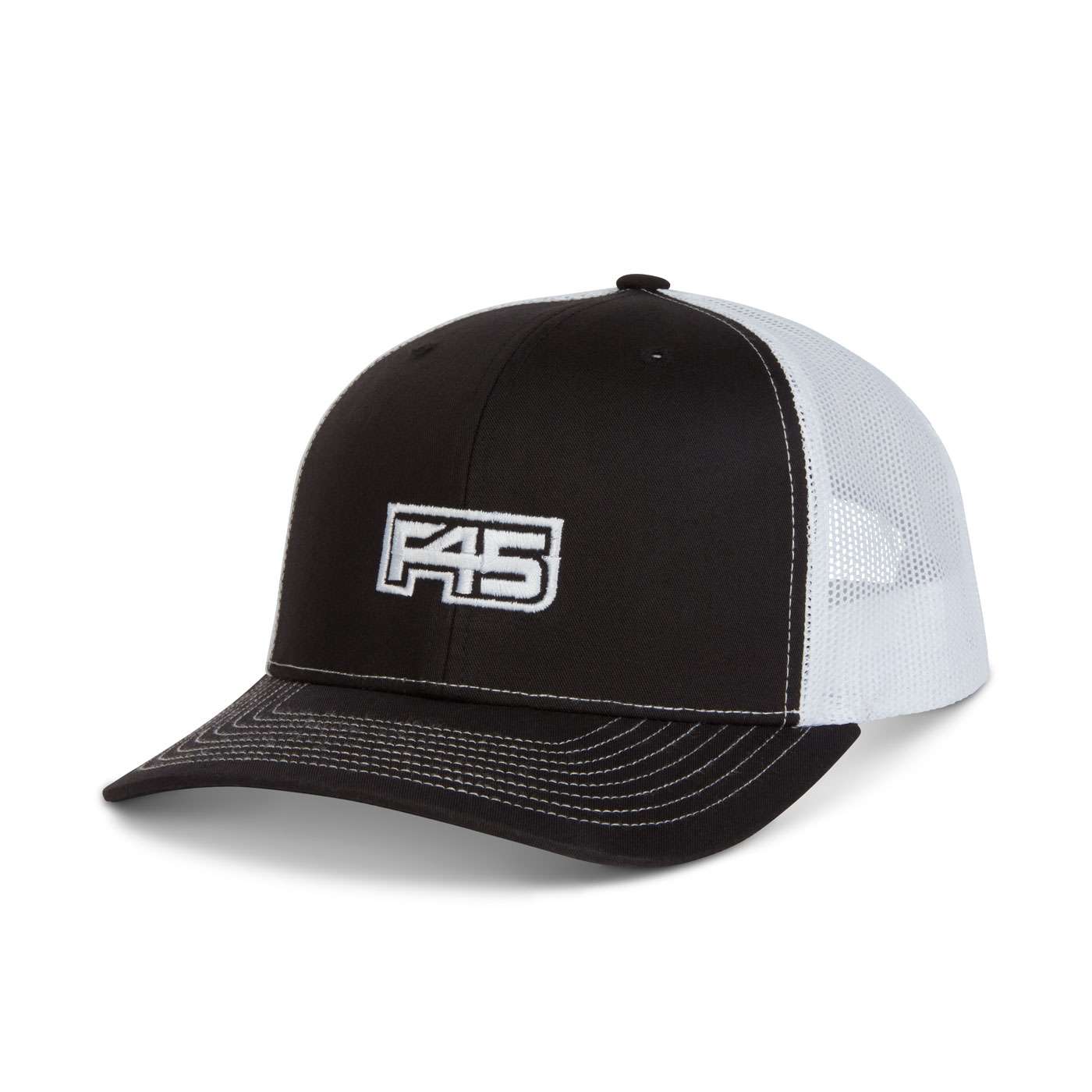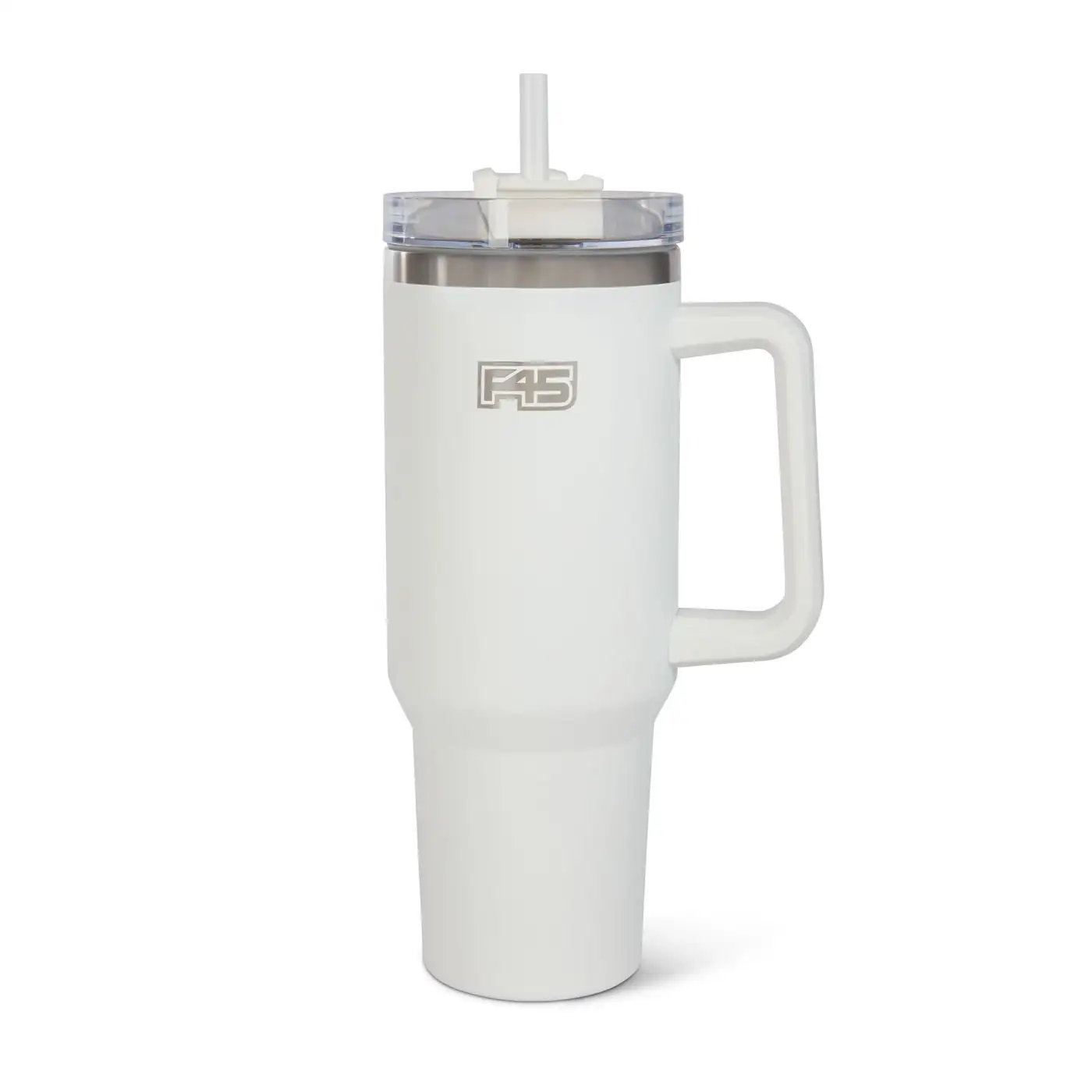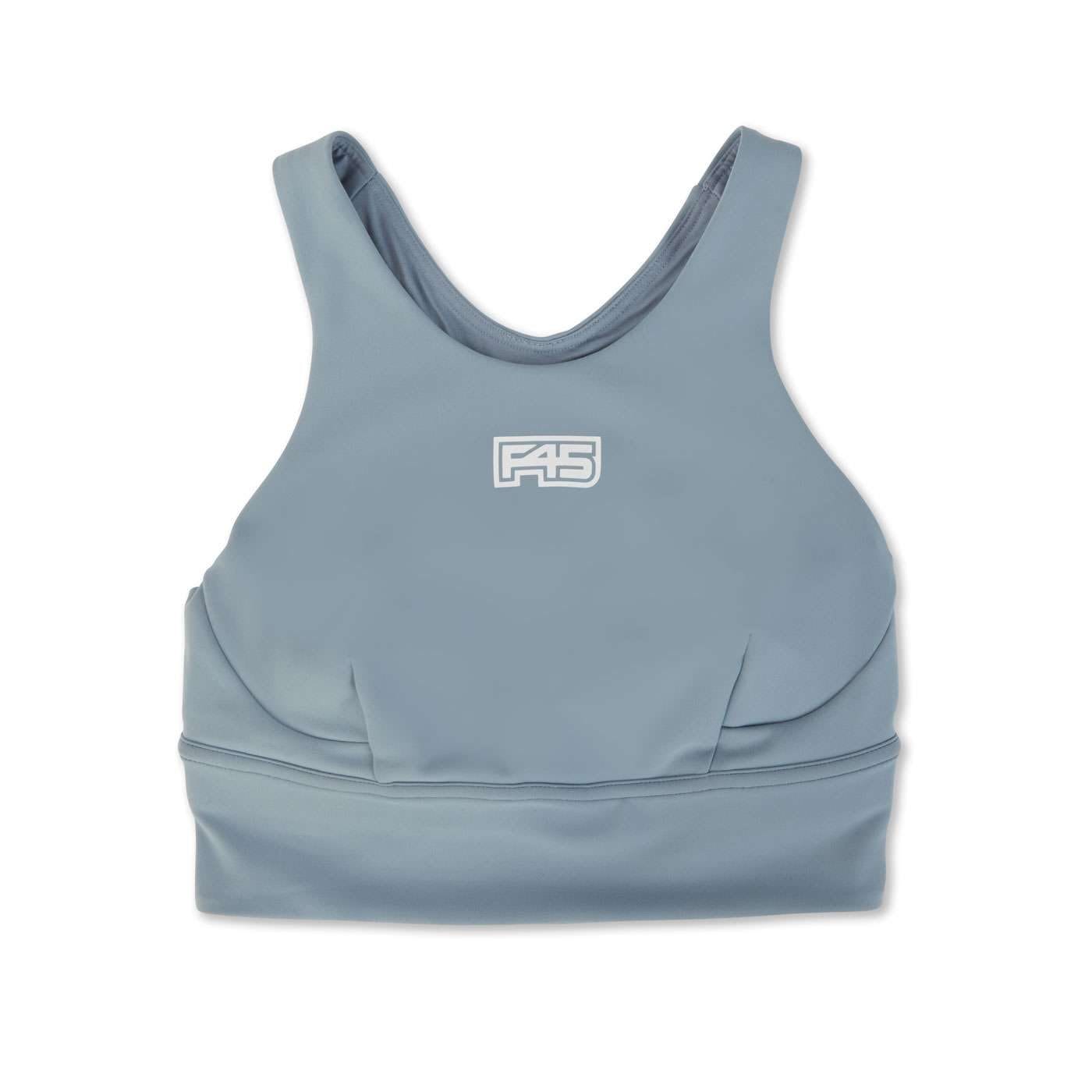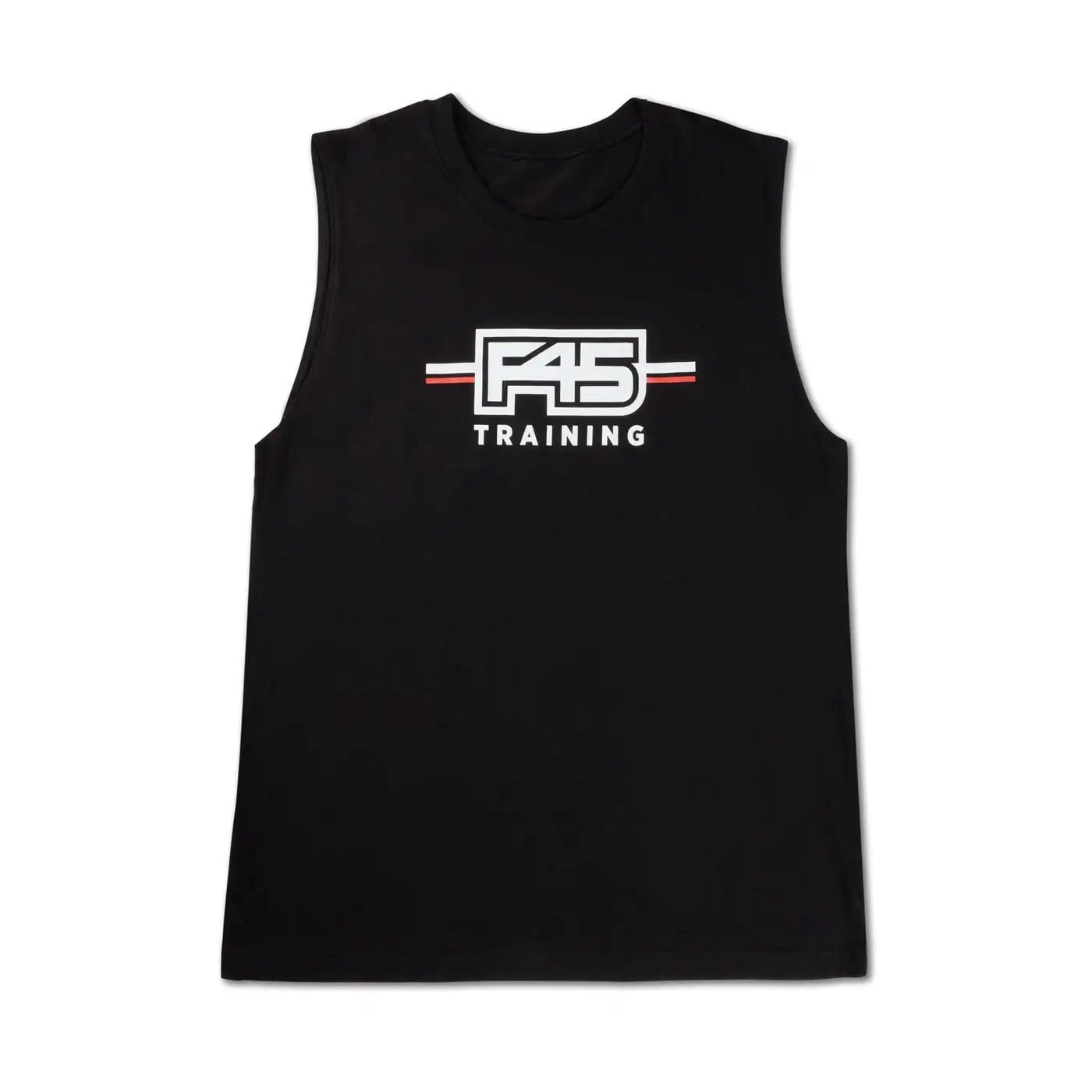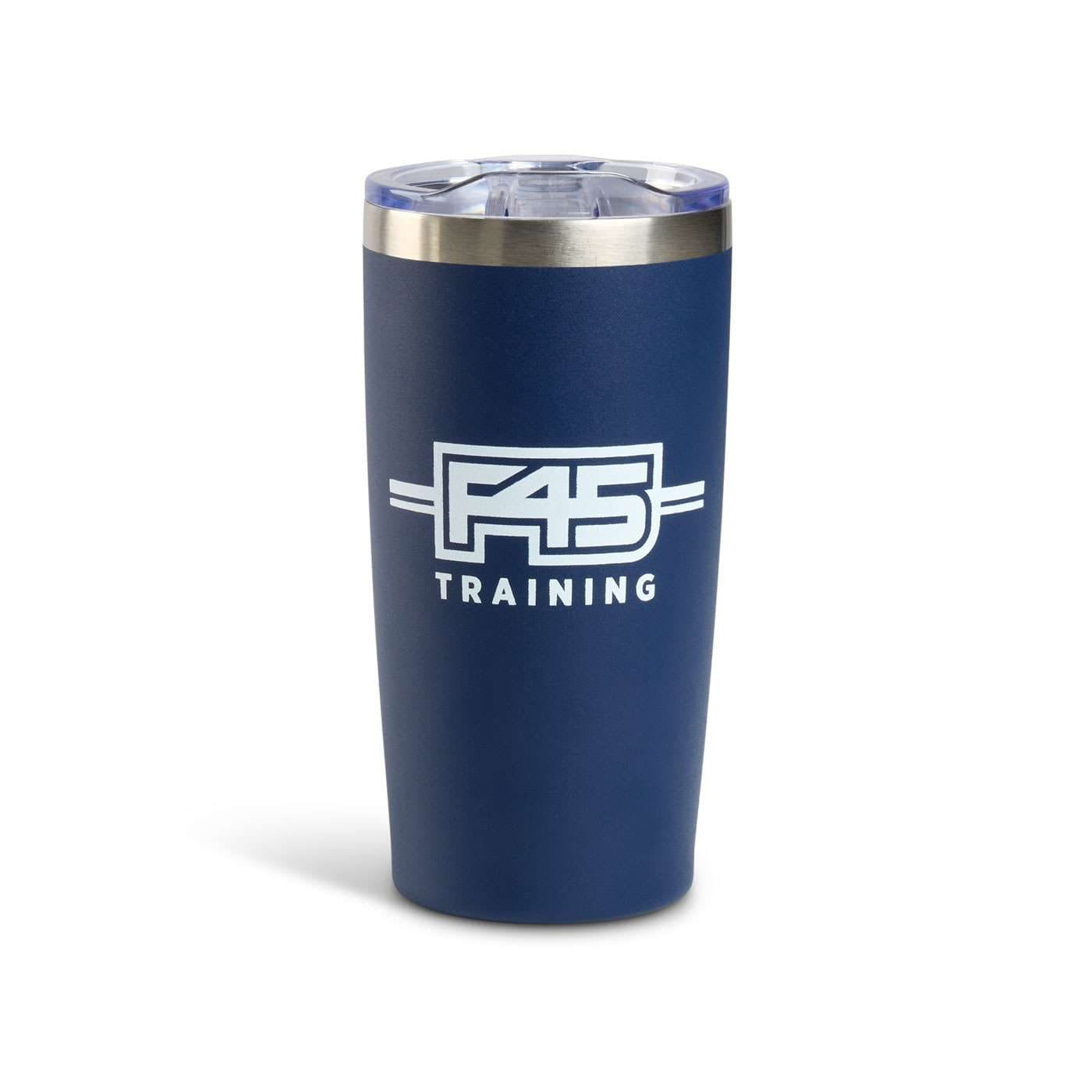March 7th 2024 | Ashleigh Kidd, RD, LDN
Hey team! Back here again to separate fact from fiction when it comes to nutrition. Want your burning questions answered? Head to our IG (@f45Training) every Thursday during Challenge to play Fact or Fiction and submit your nutrition questions to be answered by your Challenge Dietitian!
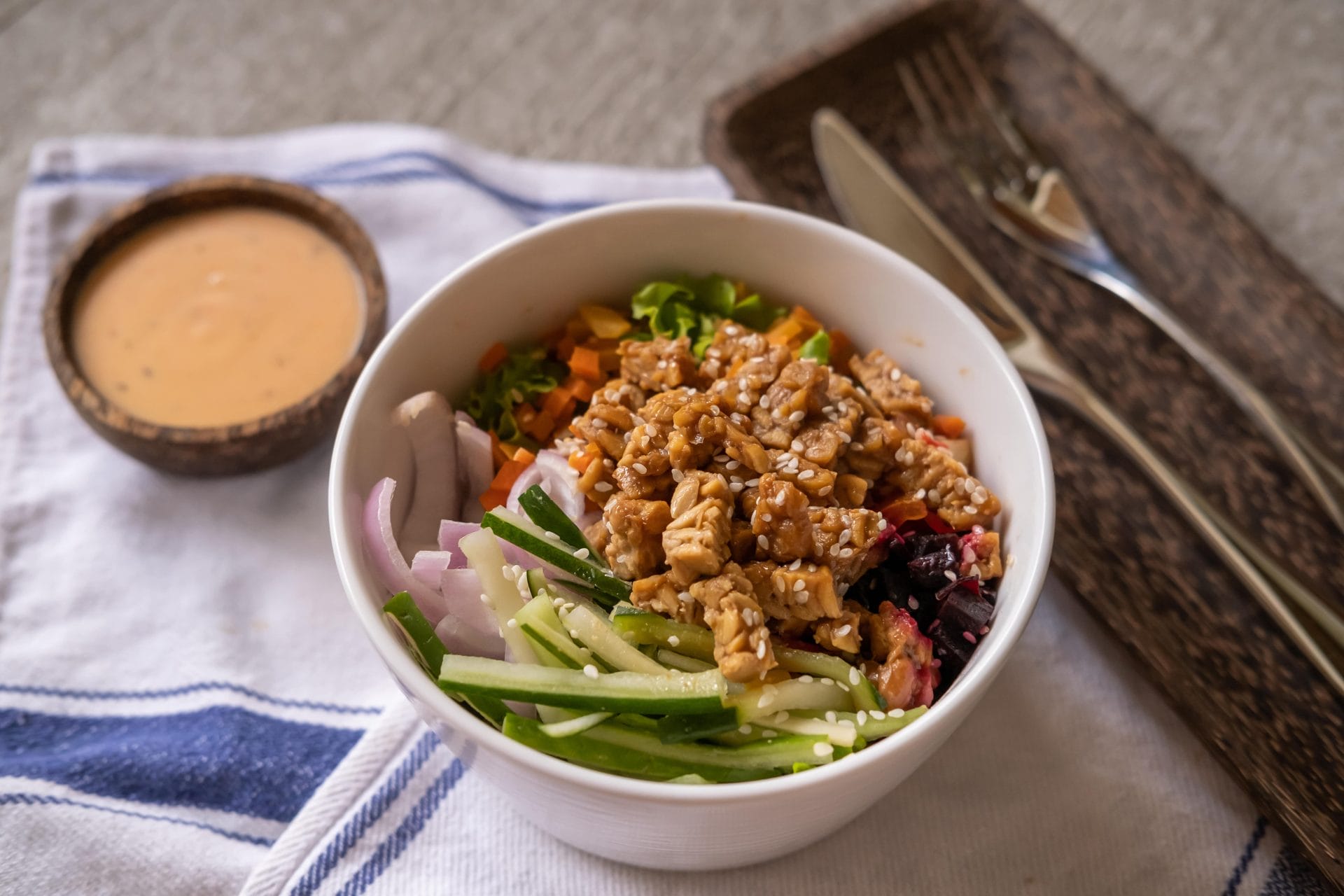
Alright, let’s play!
Fact or Fiction: “Plant based protein is a “better” choice than animal protein”
Fiction!
Plant protein, animal protein, powders, food…..there are several options when it comes to your protein intake these days, and some forms might work better for your lifestyle than others.
Protein from animal sources are considered complete proteins and supply us the essential amino acids that we need. Plant based protein sources are considered “incomplete proteins”, but we can still get all of the essential amino acids that we need by eating a variety of these foods throughout the day/week. Ideally it’s great to have a mix of both animal and plant based foods included in your diet.
Remember! It’s important to note that everyone has different protein needs, typically determined by weight, activity level, types of workouts, and sometimes other factors like medical history. If you’re not sure how to determine your protein needs or want to make sure you’re consuming enough, reach out to your Medical Doctor or Registered Dietitian.

Fact or Fiction: “Mindful eating skills take time to develop”
Fact!
What exactly is mindful eating? In a nutshell, it’s a way of eating that focuses on our awareness and experience of the food we’re eating. Practicing mindfulness can not only help us get in tune with our hunger and fullness cues but it has also been found to increase our overall level of food satisfaction because we are eating foods that are enjoyable and nourishing to us.
Why mindful eating?
A few benefits of practicing mindfulness around our food choices include:
- Decreased food guilt
- Increased consumption of nourishing and nutrient dense foods
- Less overeating (and binging)
- Less under-eating
- Increased confidence around food (i.e. saying saying yes/no to foods without guilt or pressure)
- Learning to identify your hunger and fullness cues
- Increased enjoyment and pleasure at meal times
Where to start?
- Minimize distractions
- Putting your phone down. Minimizing the eating and scrolling habit.
- Eating at the table instead of in-front of the TV
- Leaving your desk at meal times
- Ask yourself, ‘what sounds good and what will make you FEEL good’?
- For example, if you’re wanting fruit, but you know you won’t be eating a meal for a while, honor your hunger by enjoying a piece of fruit, but add some fat and/or protein like nuts or cheese beside it to keep you satisfied and feeling good until your next meal.
- Avoid skipping meals and aim for balance at most meals (i.e. protein, fats, AND carbohydrates). It’s difficult to eat mindfully when we’re under-fueled or feeling ravenous.
- Assess your hunger/fullness before, in the middle, and after your meal (see hunger scale below)
- Reflect on your meal time
- How do you feel physically and mentally after your meal? Did you eat enough? Are you satisfied with your food choice? Did you eat past fullness? If so, were you distracted? Did you feel like you had to clean your plate? or was the food just that yummy and you consciously decided to eat past fullness?
- Reflection can help you identify where you can bring more awareness to your meal and you can bring this knowledge to your next meal! Don’t beat yourself up if you ate past fullness, or maybe didn’t eat enough so you overate later in the day. Instead, use this experience as a chance to learn.
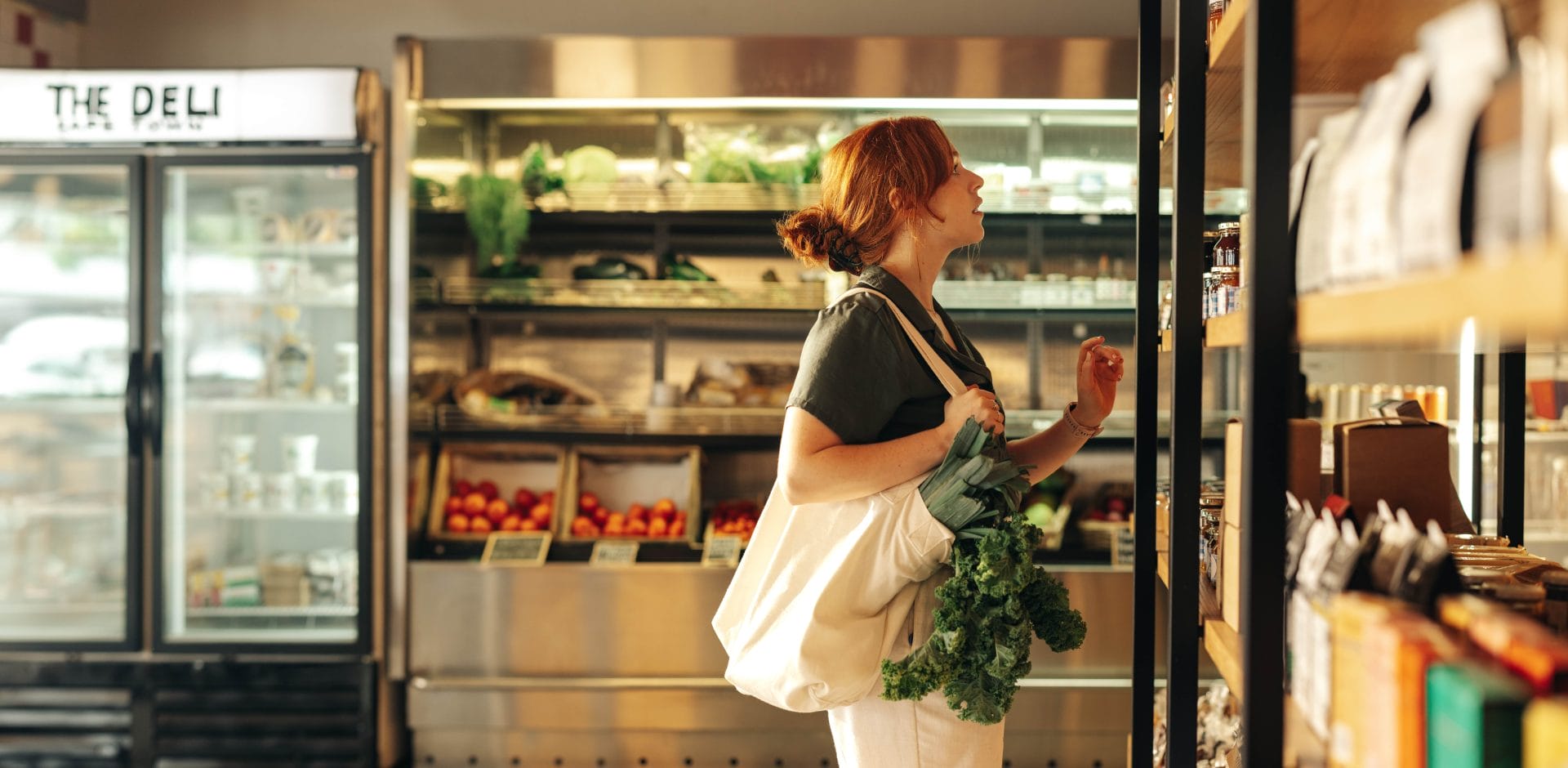
Fact or Fiction: “Grocery shopping is always so overwhelming”
We don’t always have the bandwidth to plan out our meals for the week, but by following this fail proof grocery shopping formula, you will have everything you need to put together a yummy and balanced meal.
Step 1: Choose some protein sources! (About 3)
i.e. turkey, beans, chicken, beef, tempeh
Step 2: Choose 2-3 whole grain options
i.e quinoa, brown rice, whole wheat pasta and/or bread, oatmeal
Step 3: Fruits & Veggies, Choose 3 of each (aim to get new colors each grocery trip!)
i.e. banana, cantaloupe, raspberries, broccoli, squash, carrots
Step 4: Don’t forget FLAVOR…Choose 2-3 (you might already have some at home!)
i.e. salsa, guacamole, fresh herbs, seasonings
Step 5: Snack time! Choose 3: (aim to pair fiber + protein and/or fat source for ultimate satisfaction, like greek yogurt with berries)
i.e Greek yogurt, whole wheat crackers, hummus, cheese, peanut butter, hard boiled eggs, dark chocolate
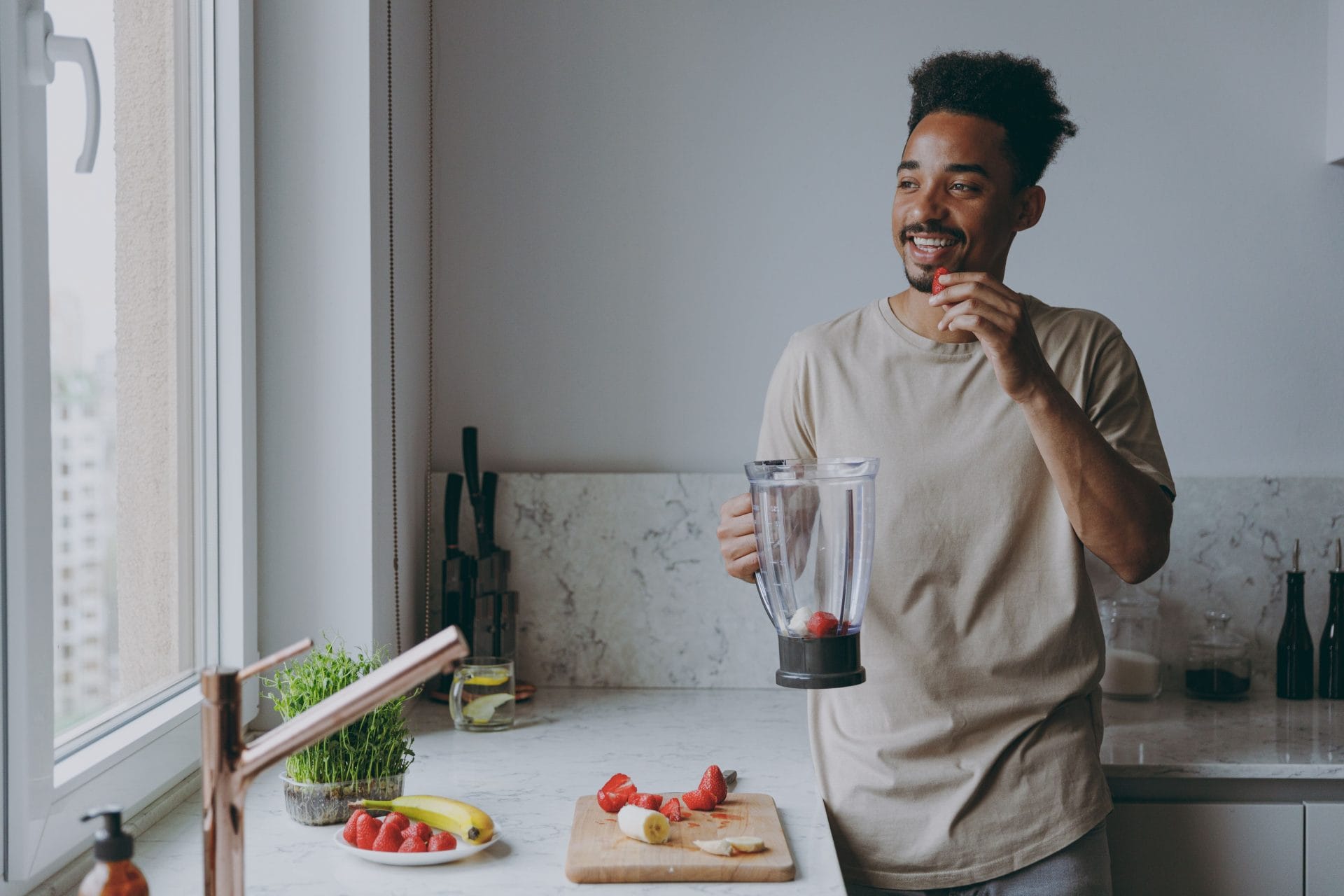
And that’s IT! You have everything you need to make balanced and satisfying meals & snacks for the week. You can find additional support on how to build your plate here and here.
Bonus:
- Remember to choose foods from each category that you actually enjoy, otherwise you’ll likely end up wasting food (and $$), and you won’t be satisfied.
- Try food prepping! If you’re not someone who wants to prepare all your meals at once for the week, this is a much more flexible option. This often looks like prepping some of your foods for the week so that they are easy to grab and fix each day. For example, washing and chopping your produce so that part is already done for you when it comes time to prepare your meal.
- If you can, writing down your ideas for meals before the week starts can make grocery shopping even easier. Think about what sounds good to you and incorporate those meals and snacks into your week.
Have you ordered your meals for the remainder of Challenge? Check your area here for suppliers here.
For additional nutrition and wellness support, you can always check out F45 Articles for tips on how to improve your nutrition and relationship with food.
